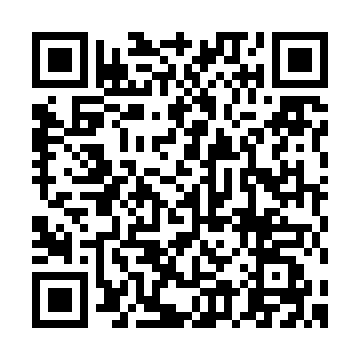TReX Jr Dual Motor Controller DMC02
รหัสสินค้า : TReXJrDMCDMC02
| ราคา |
2,150.00 ฿ |
| จำนวนที่จะซื้อ | |
| ราคารวม | 2,150.00 ฿ |
สินค้าไม่เพียงพอ
สินค้าหมด
This lower-power, smaller, and lower-cost version of the TReX is the ultimate general-purpose motor controller for small motors: it has a wide operating range (5 to 24 V), delivers 2.5 A continuously per motor, provides current sensing on the two main channels, and it features the TReX triple interface that allows you to control motors from a serial line (RS-232 or TTL), radio control (RC) receiver, or analog voltage source such as a potentiometer.
A novel blend of serial, RC, and analog motor control
The TReX Jr Dual Motor Controller, a lower-power version of the TReX Dual Motor Controller, is a versatile DC motor controller designed to seamlessly blend autonomous and human control of small robots. The TReX Jr can control two bidirectional and one unidirectional motor via three independent control interfaces: radio control (RC) servo pulses, analog voltage, and asynchronous serial (RS-232 or TTL). Using the compact MC33887 motor driver allows for a single-board design that reduces cost while maintaining a small package. As an added benefit, the use of the MC33887 motor driver allows operation to 24 V.
The TReX Jr uses five input channels to receive the RC or analog control signals. When operating in RC or analog mode, the five channels function as follows:
- Channel 1: motor 1 speed and direction or, if in mix mode, turn left/right
- - Channel 2: motor 2 speed and direction or, if in mix mode, go forward/reverse
- - Channel 3: auxiliary (unidirectional) motor speed
- - Channel 4: can be used to enable “flipped mode”, which allows invertable robots to be controlled as normal when they are inverted
- - Channel 5: determines whether the motors are controlled by the channel inputs or the serial interface; this channel allows you to switch between autonomous and human control at will
The serial interface can switch instantly with one of the other two interfaces, allowing mixed autonomous and remote control. For example, a robot could be configured to run autonomously most of the time, but a human operator could override the autonomous function if the robot gets stuck or into a dangerous situation. If the serial mode is selected as the primary interface, high-resolution measurements of all five channel input signals (be they RC pulses or analog voltages) are made available to the autonomous robot controller, allowing for complex and unlimited mixing of operator control and sensor input. For example, the TReX would be a great motor controller for a remotely controlled balancing robot.


